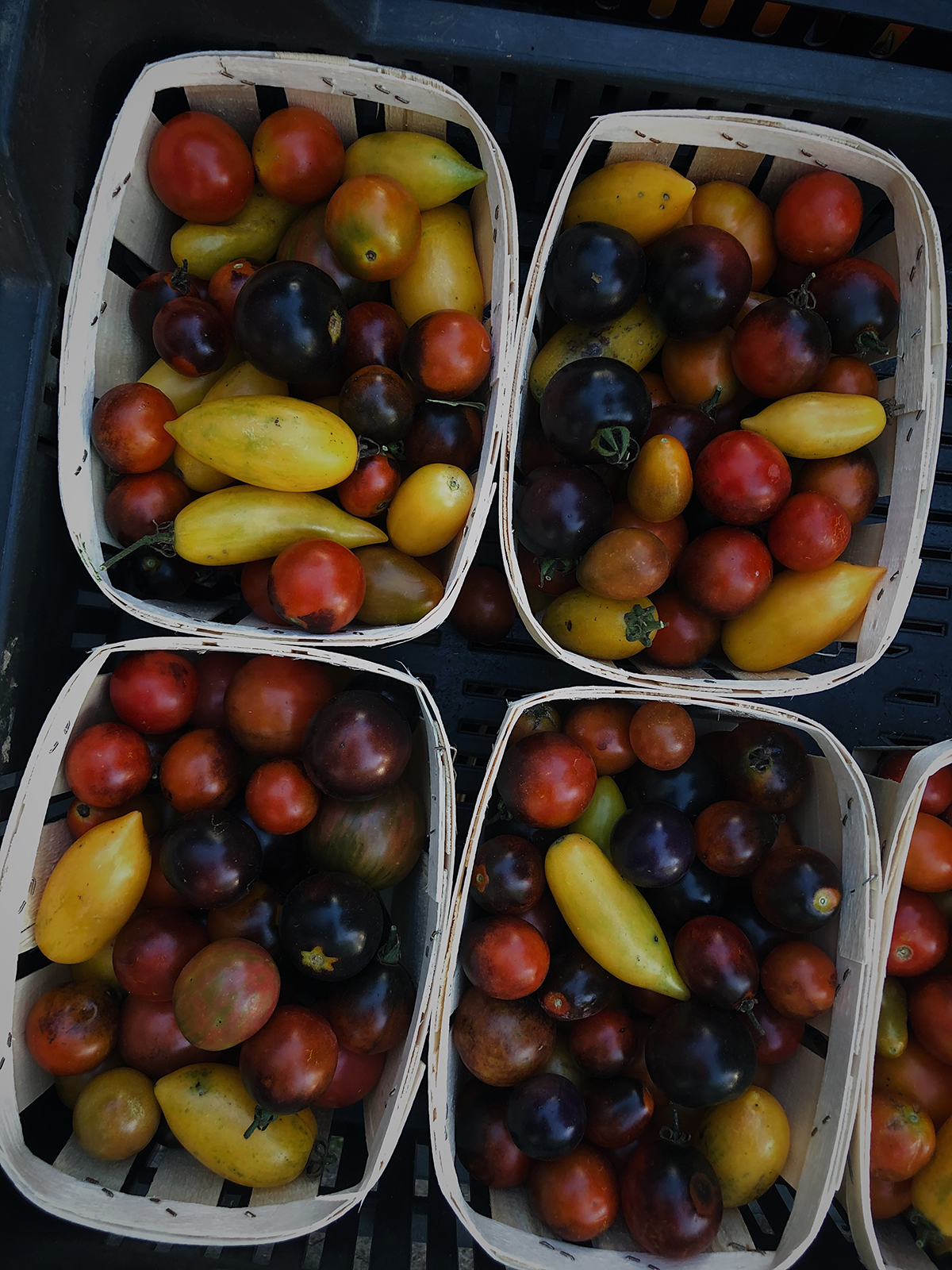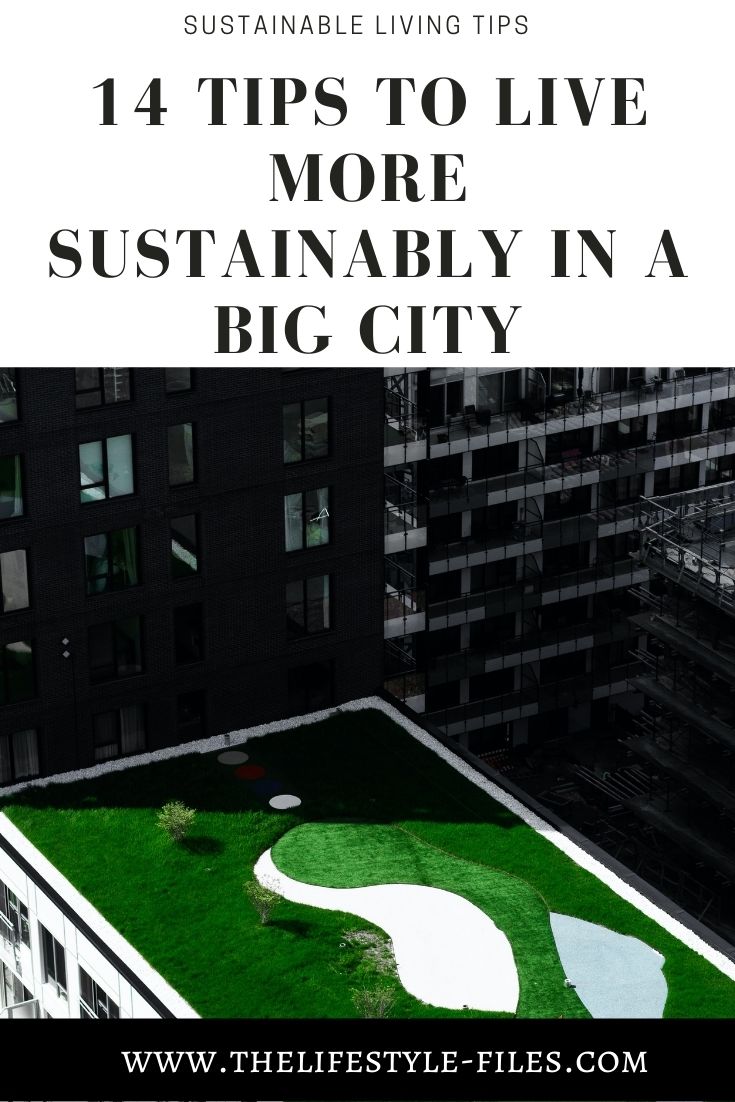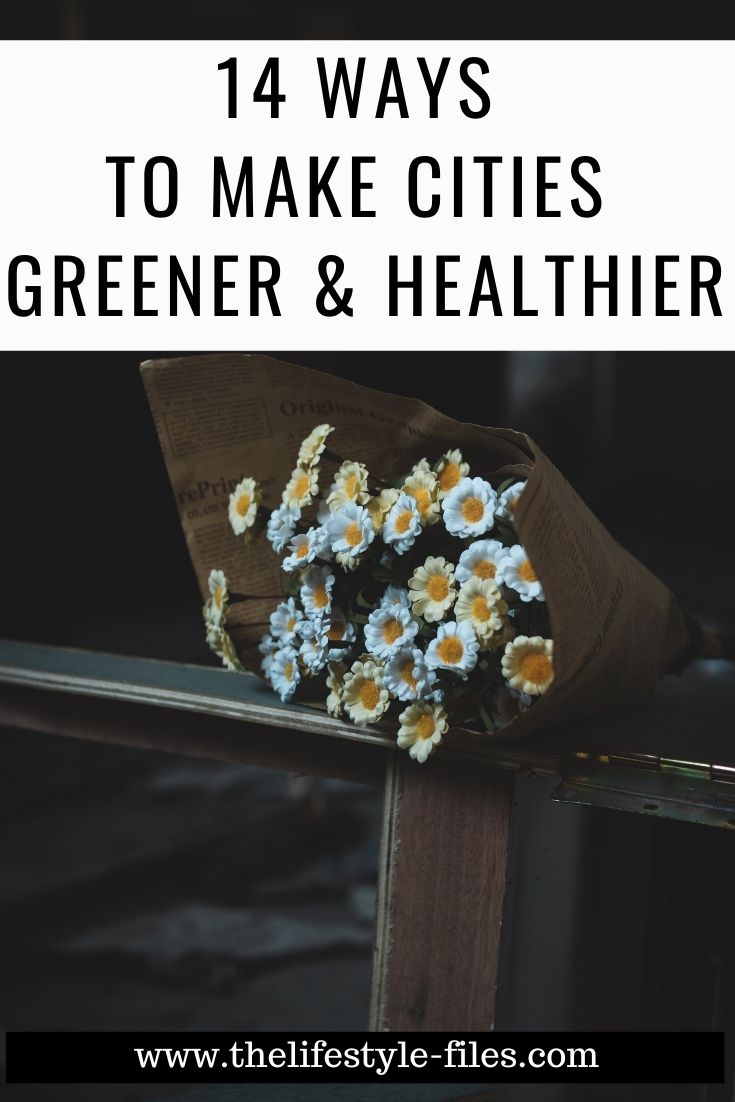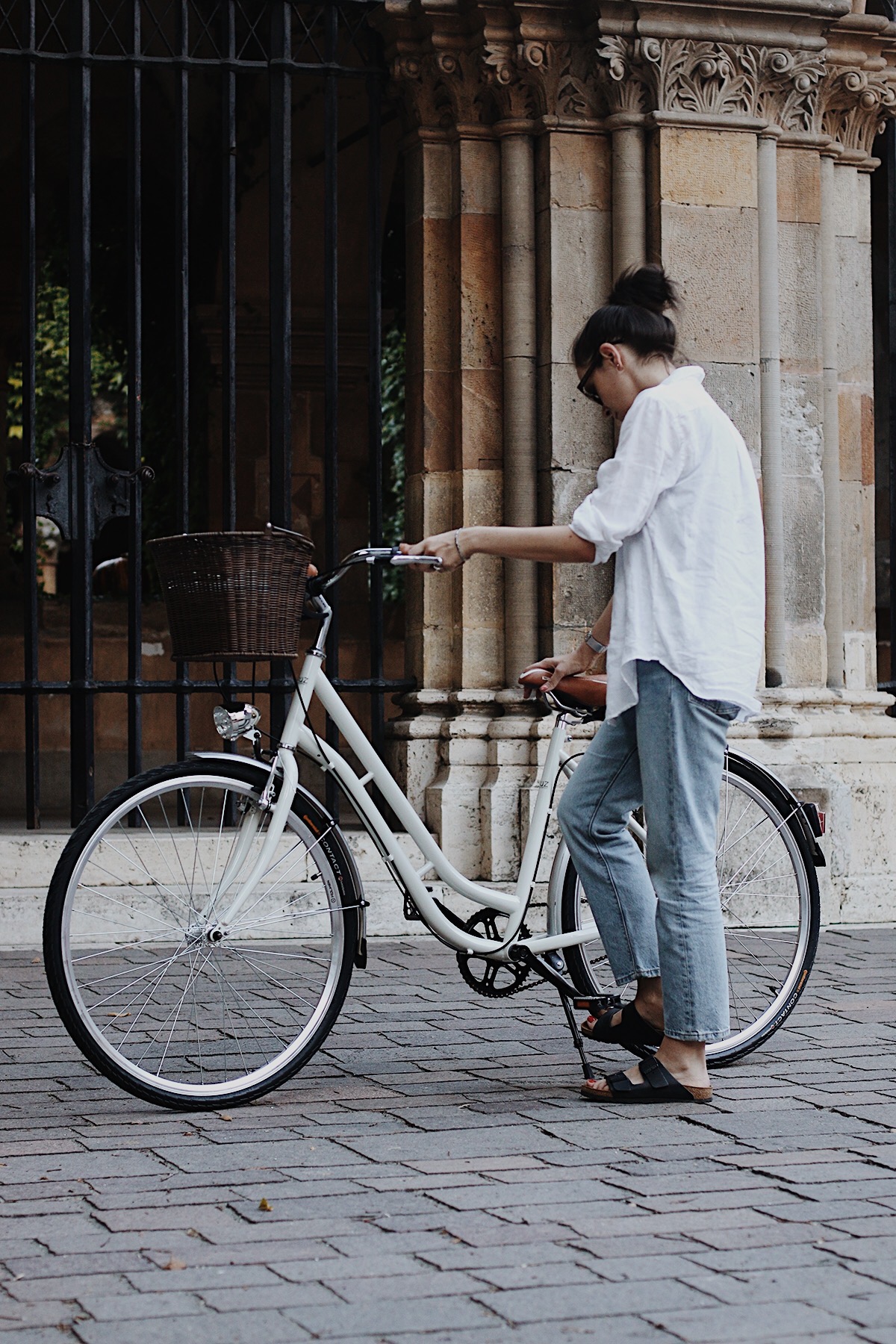
How we transform our cities in the next few years will be a critical issue in the battle against the climate crisis.
Urbanization has been one of the most transformative trends in the last 100 years and it doesn’t seem to be stopping anytime soon. Over half of the world’s population lives in cities and that is expected to reach 75% by 2050.
We need to do something about cities for two major reasons. First, cities are responsible for over 70% of carbon emissions, 60% of resource use and an incredible amount of global waste. And second, the living conditions in cities will determine the health of billions of people. Right now, the numbers do not really look good – just air pollution kills millions of people every single year.
So, how can we make cities greener and healthier? The work is largely up to city leaders, politicians, architects, and urban planners as they are the ones who can make truly impactful changes. But there are many smaller and larger things we, individuals can and should do as well to help this process. Here are 14 ways we can do in our everyday life to make cities more sustainable – and much more enjoyable to live in.
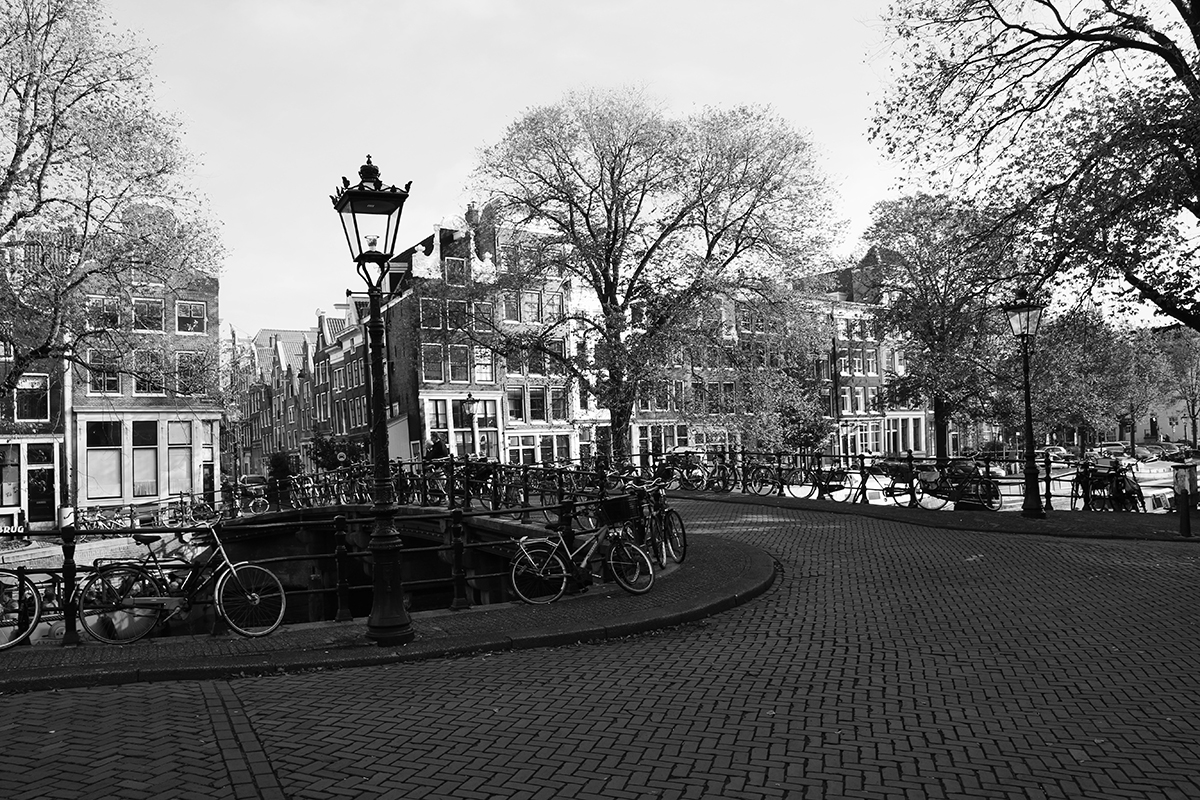
Amsterdam – the city of bicycles
Be a sustainable commuter
One of the most important eco habits people can adopt is choosing more sustainable modes of transport in the city. Walking, biking, taking public transport, scootering – even the occasional car-sharing or carpooling are better options than taking the car everywhere (not to mention they are way more fun, especially scootering and biking).
Compost
Composting may not be one of the most glamorous sustainable habits, but it’s for sure one of the most important ones. Compost is what you get if you let organic waste (e.g. vegetable and fruit scraps) decompose naturally. The main benefits of composting are that you can reduce your household waste and create a nutrient-rich matter that you can put back into the soil, thus helping plants grow. It’s basically natural recycling and can totally be done in an urban environment as well.
Of course, having a garden makes composting so much easier. In fact, if you have a garden there’s no reason why you shouldn’t do it – you just have to dump your household waste (with some exceptions) into a compost bin instead of a trash can. If you don’t have a garden, don’t worry, there are some other options:
- You can collect and donate your household waste to a friend or a neighbor who does have a garden
- Or set up a similar arrangement with a stranger via one of the waste sharing apps (e.g. ShareWaste)
- You can also find a community garden or even a school nearby that has a gardening program
- Some cities offer curbside compost services, which means they will pick up your food scraps
- Or if you’re more adventurous, compost at home (even if you live in a flat) with the Bokashi or the worm method
Recycle (better)
If there’s one thing the environmental movement has achieved in the last few decades is an almost universal awareness of the importance (or at least the existence) of recycling. This doesn’t mean it’s a total success story, but I don’t wanna be a downer now, so I’ll share the problematic parts of recycling in another post. For now, let’s just stick to this action item: recycle! I added better to the title because a lot of people make recycling mistakes even with the best intentions – they don’t put things into the right bin, they fail to properly prepare them, etc. Recycling rules are somewhat universal but can also be city-specific, so definitely check out your neighborhood practices. And don’t forget the less obvious recyclable stuff either, like used oil or e-waste.
Get eco-friendly building updates
This can range anything from getting eco-efficient LED bulbs and water-saving showerheads to installing solar panels on your roof – depending on your living arrangements and financial means.
Use less air conditioning
I’ll try to limit my rant to a minimum on this one, but it’s difficult because I have very strong negative views on the AC. For me, it is kind of a symbol of the extreme way humanity sacrifices the environment and our collective future for a little bit of comfort. Sure, there are situations when the use of AC is warranted – for people working in factories, doctors performing surgeries, in truly hot weather conditions, etc. But running it 24/7 from March till October just because we can is ridiculous. When I was living in the US, I had to keep a sweater with me even in sweltering July weather otherwise I would have frozen to death in the office or the supermarket. This is absurd, especially as this AC mania contributes to the climate crisis as well – it eats up an incredible amount of power, it funnels heat outside thus increasing the urban heat effect, and it emits greenhouse gases.
There are many natural and technologically innovative ways to cool our buildings (from blinds to evaporative cooling devices) and ourselves so we should normalize treating the AC as the very last resort.
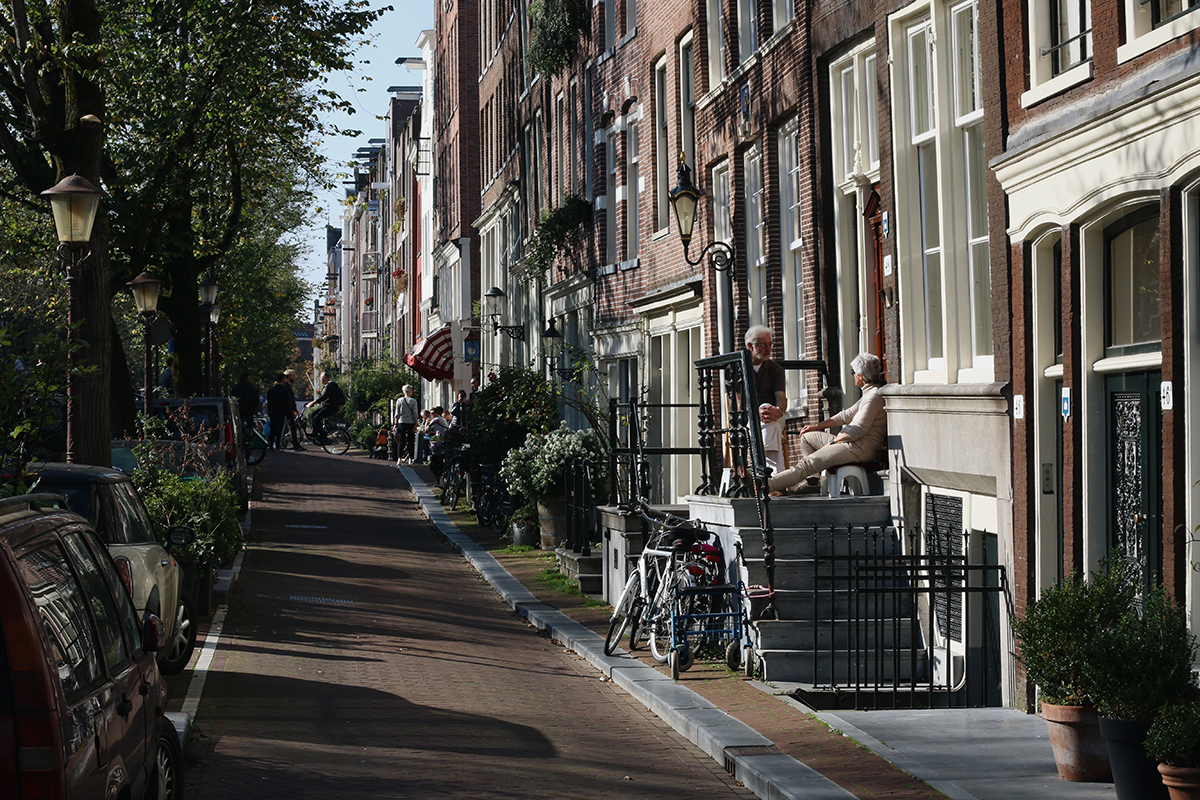
Green street in Amsterdam
Grow plants in a community garden
Community gardens are shared semi-public spaces, where people from the same neighborhood grow plants, flowers, and vegetables together. The way it works for example in my neighborhood garden is that people pay a small fee for a plot and everyone tends to their parcels. But there are different types and methods around the world, some are nonprofit ones where the food is donated, others are larger public parks. I just love this idea, because it’s an environmental, public health, and social/community building imitative at the same time.
Green your balcony
This one got a huge boost in the Covid-induced gardening frenzy in the spring but there’s still much room for improvement. I live in an apartment complex where each flat has 1 or 2 balconies and only a third of them has plants and flowers, the rest are bare or worse (the golden WTF price is shared between the one with an artificial glass on the 3rd floor and the other with the neon blue plastic palms).
Filling your balcony with greens has many positive benefits: gardening and the sight of plants can boost your wellbeing (in fact, some studies even found a positive correlation between green spaces and life expectancy), and if enough people do it, it can have a larger positive impact on the city as well (better air quality, reduced heat island effect). Thankfully, more and more developers and communities realize this as evidenced by the spread of green rooftops and terraces.
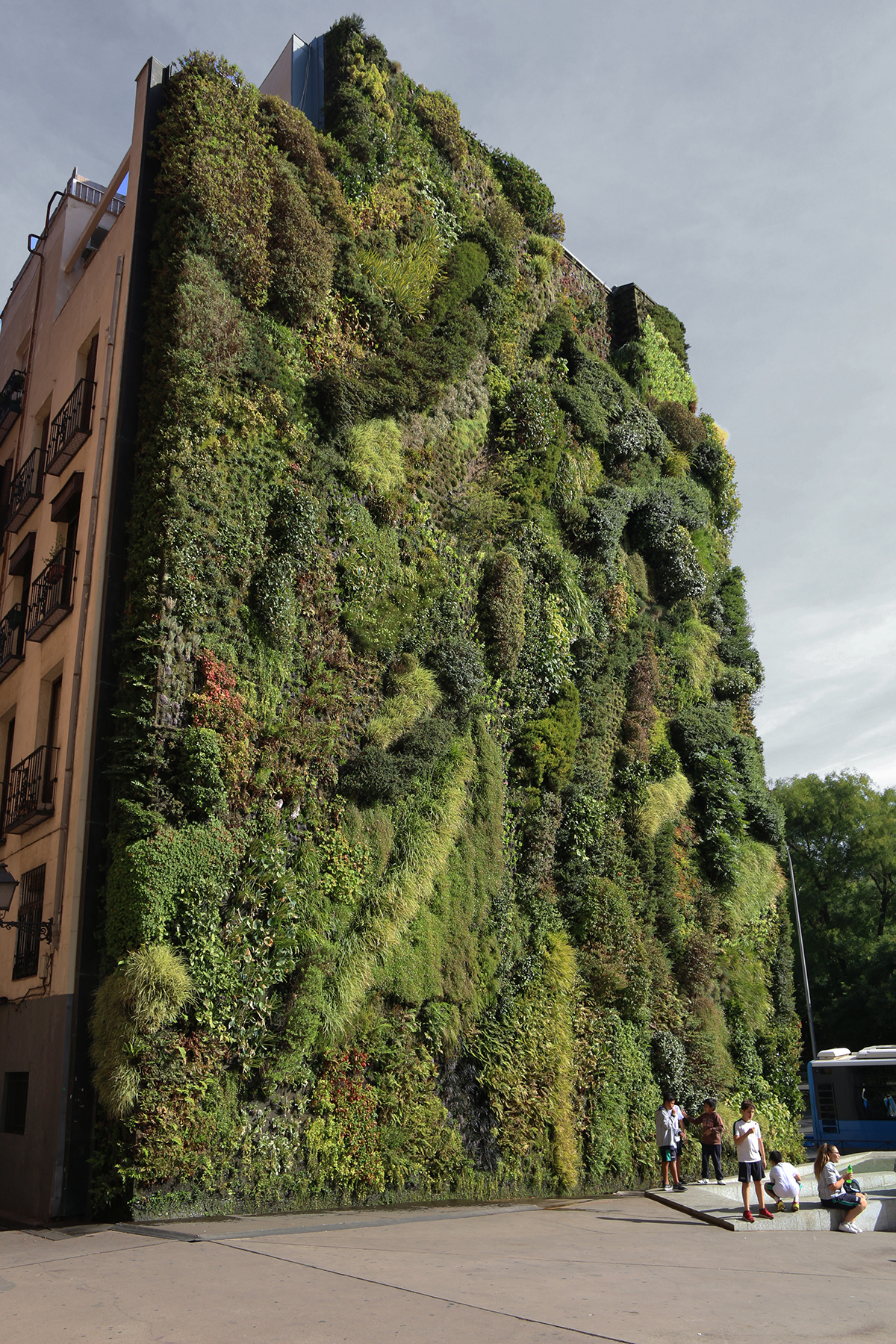
Vertical garden in Madrid, created by Patrick Blanc – it has 15,000 plants from more than 250 different species
Harvest rainwater
Now that you have a green balcony, put out a bin, and collect this undervalued resource to water your plants. If you have a house or a garden, you can create even more elaborate rain harvesting systems.
Shop at farmers’ markets
Nowadays, it’s relatively easy to find farmers’ markets in most cities, so support your local farmers by buying colorful and healthy in-season produce from them instead of the supermarket chains (that are also more likely to sell imported, prematurely harvested, and then chemically ripened fruits and veggies).
Join a food cooperative
For advanced environmentalist foodies, joining a food co-op could be a great step. A food co-op is basically a supermarket that is owned and managed by people in a community (but anyone can shop there). Here are a post and a short video introducing food coops, if you’re interested, check whether you have a local option.
Practice the 15 minutes city concept
The 15-minutes city concept was originally developed by a French professor and since then the idea has been rapidly gaining popularity in the busiest cities in Europe. For example, both Paris and Milan have expressed their intention to realize it in the near future.
The idea is that everyone should be able to get the daily urban necessities and services (e.g. workplace, school, shops, healthcare, entertainment) within the space of 15-minutes on foot or by bike from home. Instead of a centralized inner-city structure, neighborhoods would function as mini-cities thus reducing traffic, air pollution, and saving invaluable time for the residents.
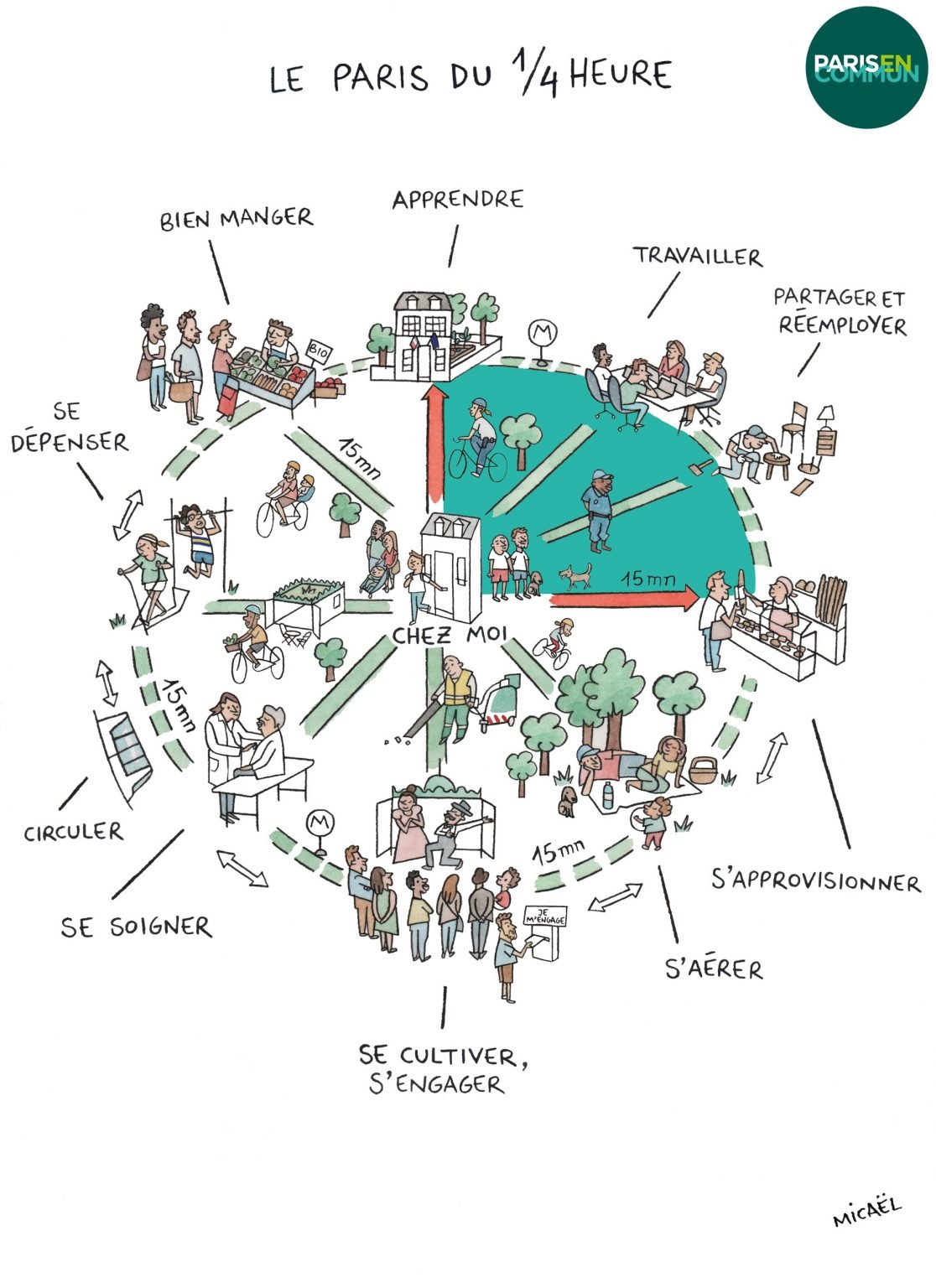
The concept definitely requires major urban planning and close cooperation between the state, businesses, and people, but even without an official plan in place, it’s worth practicing the concept as much as we can by finding and using local places (and not just the obvious choices like a market or post office, but services like a dentist, gym, etc.)
Participate in climate events
Join marches and protests, attend meetups, sign petitions, donate or volunteer if you can to show local and global leaders how many people want change.
Organize local actions
It’s important to find the balance between raising awareness of global issues and doing everything you can on the ground – and I think this is something we need to get better at. Sure, Amazonian deforestation or marine plastic pollution affects us all, but there’s a limited amount of actual things I can do from the middle of Budapest to help these issues. I can, however, help protect local trees, protest local polluting companies, ask for stricter local regulations, etc. Organizing or participating at local cleanups, greening events will have a beneficial effect on the environment and can inspire other people to take action as well. I’m personally subscribed to /following local chapters of big environmental organizations, like Greenpeace or WWF and special, local environmental or community organizations to get updates on what’s happening in my district or city.
Vote for green leadership
I don’t blame anyone for not having total faith in our leaders considering how bad their track record is on environmental issues, but the thing is, they are the ones in the position of making truly impactful changes, from passing strict environmental regulations to prioritizing green infrastructure projects. So, yes, politics cannot be left out of the equation – we must elect leaders that are committed to not just a vague concept of sustainability, but to concrete actions.


